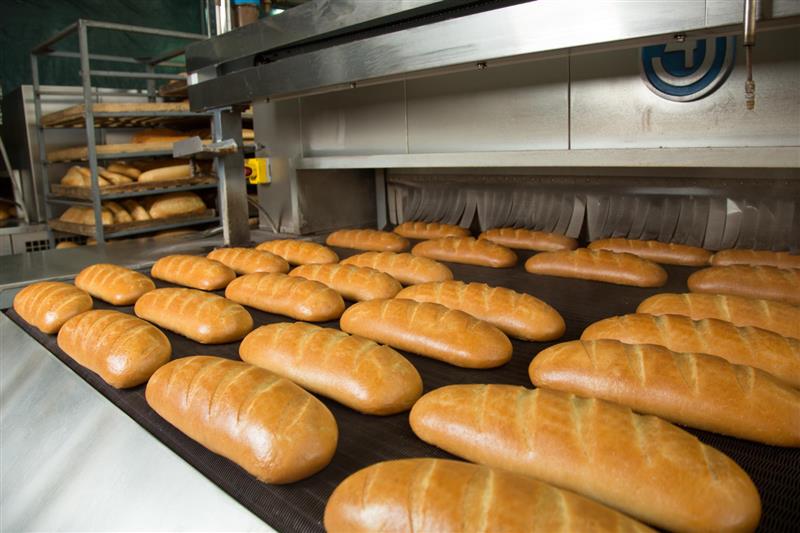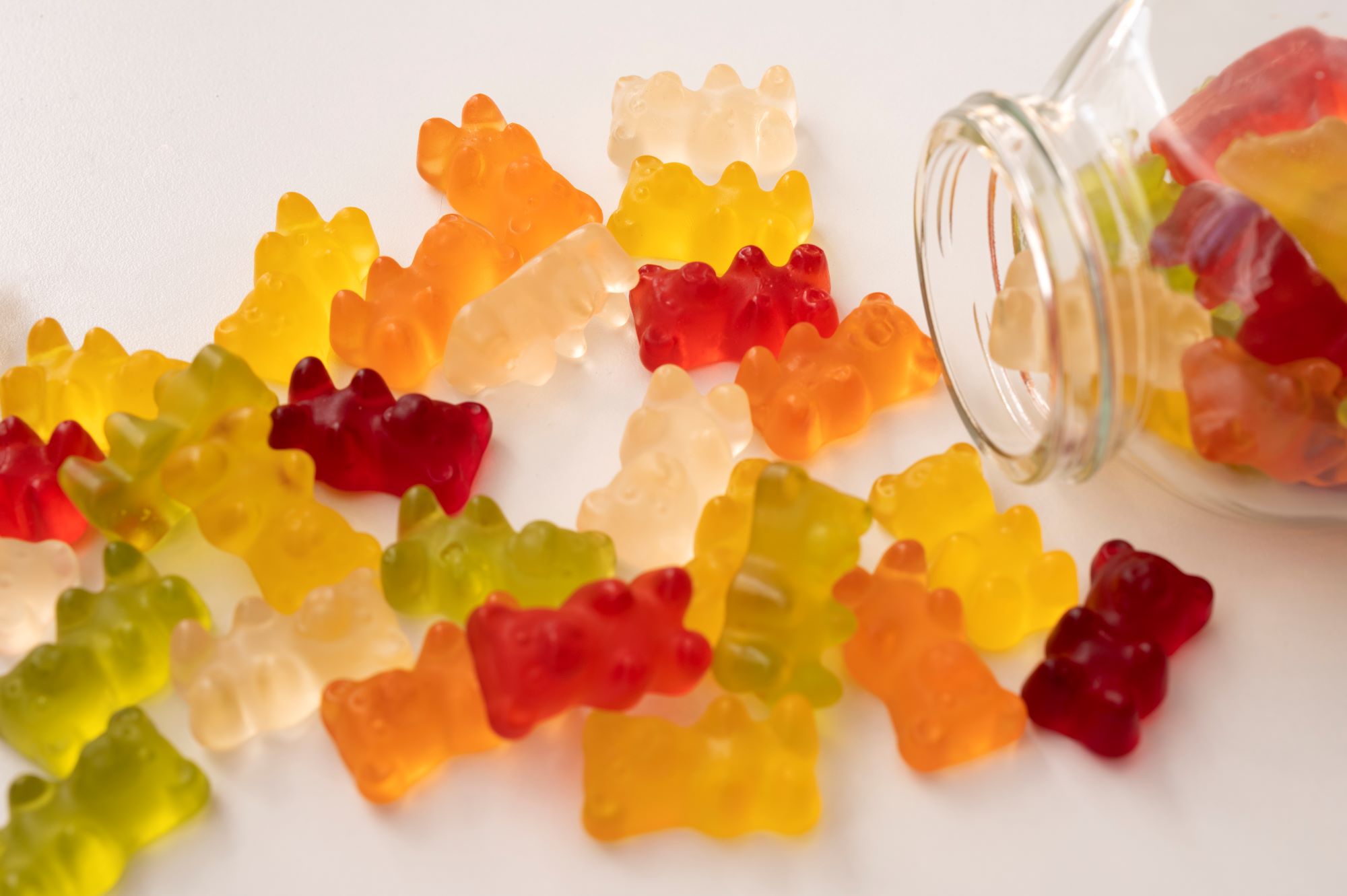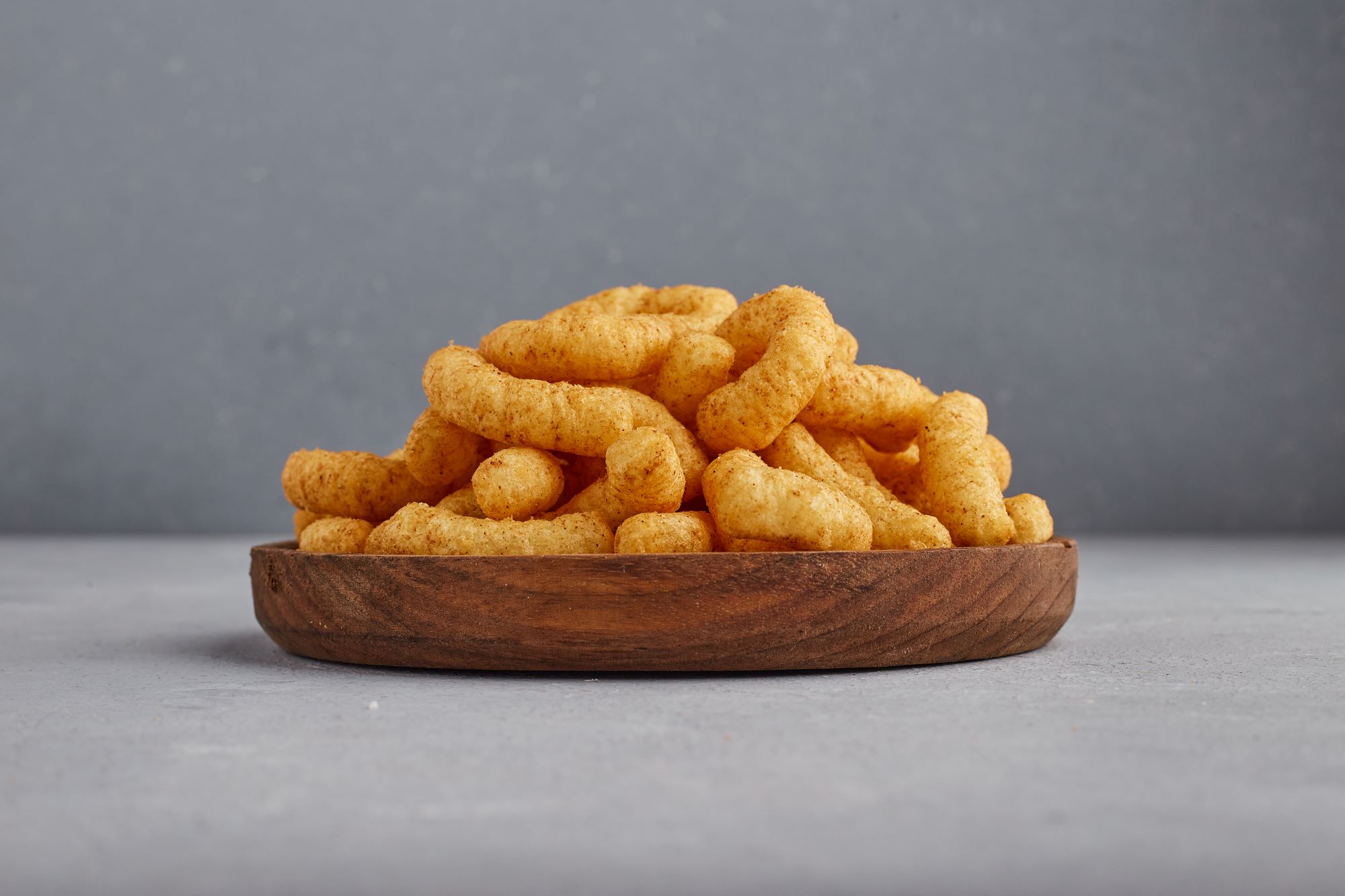The fruit ripening process
Fruit ripening is the final stage of fruit development where it becomes one of the most important determinants of fruit quality and consumer acceptability5. Ripeness brings out the best flavours and texture as the fruit becomes sweet, coloured, soft, and develops an appetizing aroma7. Fruit ripening is also associated with ethylene, a phytohormone that can lead to the initiation of the ripening and senescence process3. Fruit ripening can be divided into two groups: climacteric and non-climacteric fruits. In climacteric, the fruit continues to ripen after harvesting while in non-climacteric, the fruit does not continue to ripen once it’s been picked5,10. However, if these fruits are exposed to an external ethylene source, such as a ripening climacteric fruit, they can still ripen13.

Source: Apeel, 2020
Why control fruit ripening?
- Extends the storage and shelf life of fresh fruits, especially during shipping and handling.
- Prevent fruit deterioration and maintain visual appeal, as the fruit ripens or enters senescence, it becomes susceptible to fungal and fruit-pathogen resulting in spoilage.
- Dramatically reduce wastage in transit to maximize the yield from the crop.
- Reduce the inherent risk of damaged fruit adversely affecting an entire batch.
- Maximise returns by accessing the markets that most value your fruit.
- Enhance reputation as a supplier of high-quality produce.
Source: Figueroa, 2021; Its Fresh, 2022; Payasi & Sanwal, 2010
How do we control fruit ripening?
- Controlling the level of ethylene
As fruits and vegetables mature, they produce increasing amounts of ethylene. This ethylene initiates ripening-associated activities such as increased respiration and softening of the fruits even when the fruit is packaged8. By controlling the level of ethylene, the ripening process is slowed down and fruits can be transported or stored for a longer period without becoming overripe or spoiled. Hence, delivering it to the customer in the best possible condition3,10. Ethylene inhibitors are used to extend storage life in fruits by using synthetic compounds such as 1-methylcyclopropene (1-MCP)8.

Source: Gamrasni et al., 2020
- Lowering the temperature
Storage temperature plays a pivotal role in fruit metabolism during long-term storage, causing changes in physical and chemical attributes and in the aroma composition of various fruits8,11. The fruit industry utilizes a cold storage temperature of 0–4°C to slow down the ripening process and extend fruit life8. Low temperatures generally inhibit microbial growth and slow down respiration, thus maintaining fruit quality during storage1. This is important because it allows the product to be shipped further distances and arrive in better condition6.
- Modified atmosphere packaging (MAP)
Another way to slow down ripening is by controlling or modifying the atmosphere around the fruit in the packages, primarily by increasing carbon dioxide (CO2) and reducing oxygen (O2) levels, thereby extending the shelf-life9. Consequently, exposure of fruits to high CO2 affects respiratory metabolism. This is because fruit needs oxygen to ripen, so if there is less oxygen in the atmosphere, the fruit will ripen more slowly. Furthermore, the combination of N2O with low O2 in a controlled atmosphere also gives a synergic effect in delaying the ripening process due to its anti-ethylene activity10.
- Edible surface coating
The edible surface coating has also been used as a strategy to delay fruit ripening. Sucrose esters, hydroxypropyl methylcellulose (HPMC), nanoemulsions, and chitosan-based coating have been effective in prolonging the shelf life and quality of fruits10. This is due to the layer from the coating agent will reduce the respiration rate and improve the water barrier in fruits2,12. According to a study, the shelf life of coated fruit was extended by 12 days when compared to untreated controls which ripened within seven days and lost marketability after day 612.

Source: de Oliveira Filho et al., 20212
Conclusion
Consumers tend to choose their fruits based on its ripeness at the supermarket. However, once the fruits are ripe, they tend to spoil quickly. Thus, by controlling the ripeness of fruit not only helps the grower to save on postharvest losses, but also brings benefits in terms of retained fruit freshness for a longer period and results in value addition to the fruit10.
References
1Abilasha, R. (n.d.). Fruit Ripening: Meaning, Factors, and Controls | Plant Physiology increasing carbon dioxide levels and reducing oxygen levels.
2de Oliveira Filho, J. G., Miranda, M., Ferreira, M. D., & Plotto, A. (2021). Nanoemulsions as edible coatings: A potential strategy for fresh fruits and vegetables preservation. Foods, 10(10), 2438. https://doi.org/10.3390/foods10102438
3Figueroa, C. R., Jiang, C.-Z., Torres, C. A., Fortes, A. M., & Alkan, N. (2021). Editorial: Regulation of fruit ripening and senescence. Frontiers in Plant Science, 12. https://doi.org/10.3389/fpls.2021.711458
4Gamrasni, D., Feldmesser, E., Ben-Arie, R., Raz, A., Tabatznik Asiag, A., Glikman, M., Aharoni, A., & Goldway, M. (2020). Gene expression in 1-methylcyclopropene (1-MCP) treated tomatoes during pre-climacteric ripening suggests shared regulation of methionine biosynthesis, ethylene production and respiration. Agronomy, 10(11), 1669. https://doi.org/10.3390/agronomy10111669
5ISAAA. (2020, March). Pocket K no. 12: Delayed ripening technology. Delayed Ripening Technology. Retrieved February 21, 2023, from https://www.isaaa.org/resources/publications/pocketk/12/default.asp
6It’s Fresh. (2022). Control the ripening of kiwis in transit, reducing defects and delivering great quality to the market. https://itsfresh.com/ethylene-control-applications/kiwi/
7Maduwanthi, S. D., & Marapana, R. A. (2019). Induced ripening agents and their effect on fruit quality of banana. International Journal of Food Science, 2019, 1–8. https://doi.org/10.1155/2019/2520179
8Olubero Asiche, W., Witere Mitalo, O., Kasahara, Y., Tosa, Y., Gituma Mworia, E., Ushijima, K., Nakano, R., & Kubo, Y. (2017). Effect of storage temperature on fruit ripening in three kiwifruit cultivars. The Horticulture Journal, 86(3), 403–410. https://doi.org/10.2503/hortj.okd-028
9Park, M. H., Sangwanangkul, P., & Choi, J. W. (2018). Reduced chilling injury and delayed fruit ripening in tomatoes with modified atmosphere and humidity packaging. Scientia Horticulturae, 231, 66–72. https://doi.org/10.1016/j.scienta.2017.12.021
10Payasi, A., & Sanwal, G. G. (2010). Ripening of climacteric fruits and their control. Journal of Food Biochemistry, 34(4), 679–710. https://doi.org/10.1111/j.1745-4514.2009.00307.x
11Pholoma, S. B. (2020). Is ethylene the ripening hormone. Journal of Experimental Agriculture International, 42(5), 1–7. https://doi.org/10.9734/jeai/2020/v42i530510
12Thakur, R., Pristijono, P., Bowyer, M., Singh, S. P., Scarlett, C. J., Stathopoulos, C. E., & Vuong, Q. V. (2018). A starch edible surface coating delays banana fruit ripening. LWT. https://doi.org/10.1016/j.lwt.2018.10.055
13Xamélie Fauché, Abdulsami Hanano, Demetrio Marcianò, Meirav Leibman-Markus. (n.d.). How do fruits ripen? Frontiers for Young Minds. Retrieved February 21, 2023, from https://kids.frontiersin.org/articles/10.3389/frym.2018.00016#:~:text=The%20second%20group%20is%20called,and%20citrus%20fruits%20%5B3%5D.







